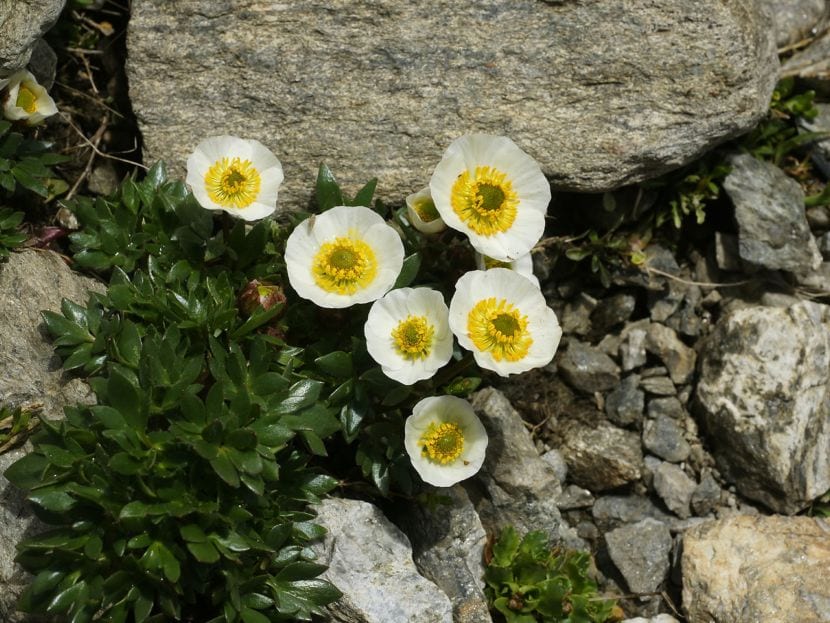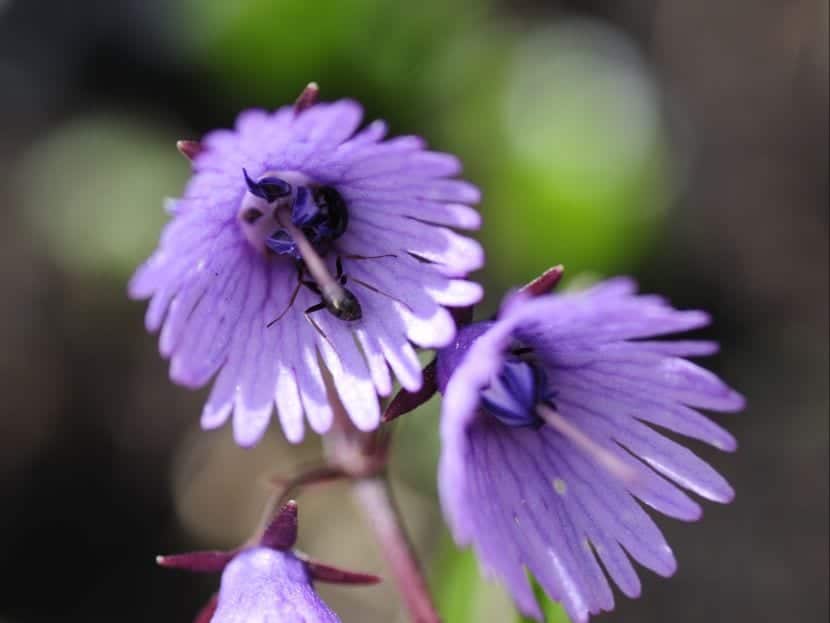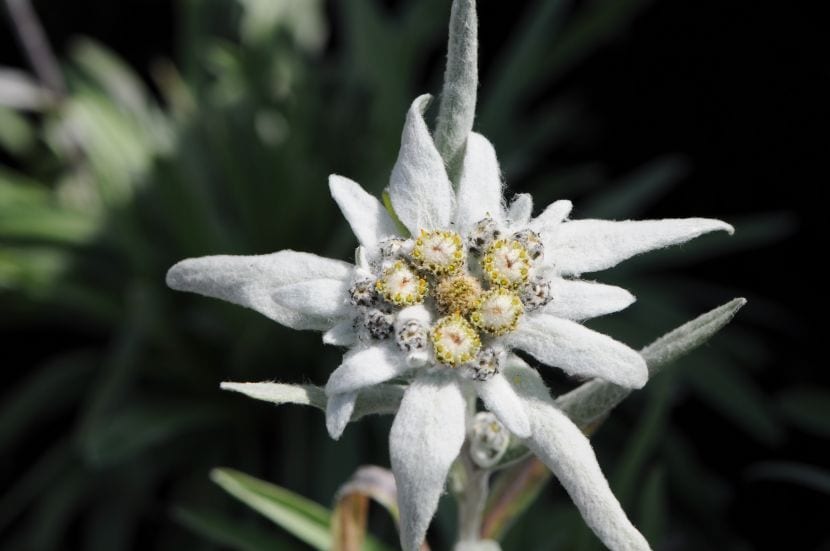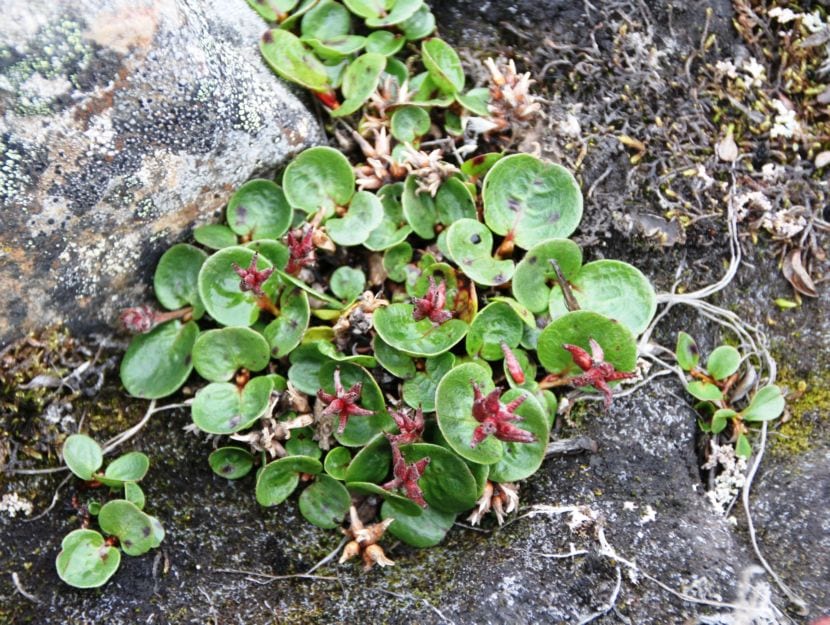
Previously we saw the plant known as Desert spring, which supports very high warm temperatures and where the drought is prolonged. Well, today we are going to introduce you to three plants that support very extreme climates ... but not hot, but cold. Every winter its habitat is covered with snow, and the temperatures the rest of the year are temperate-low.
It is very difficult for any living being to survive with the conditions that such cold climates have, however, life always makes its way, even if it is protected by a few stones, or even if its growth is not the same as that of its congeners that live closer to the equator.
Alpine soldanella

La Alpine soldanella it lives in the mountains of all Europe, growing from 1200 to 2600m of altitude above sea level. It is a perennial alpine plant, about 30cm tall, with small lilac flowers which open as soon as the snow that covered them during winter melts.
It lives mainly in cool, drained soils, or in small depressions in the ground.
Edelweiss

Plant Edelweiss, whose scientific name is Leontopodium alpinum, It is native to Europe, where it can be found mainly in Spain and Switzerland, where it is the national flower of the country. It is a small plant approximately 10cm tall.
It is considered the flower of the heights, and due to its beauty it has unfortunately been at a very high risk of being driven to extinction. Currently in Spanish territory its collection is prohibited.
Salix polaris

And this here is a Salix polaris, more popularly known as creeping willow. Yes, yes, you read that correctly: a willow. It does not grow tall, but due to the climatic conditions in which it has had to live, it must protect itself as much as possible from the cold. Therefore, it has a creeping shape, with a height of about 9cm. It is one of the smallest willows in the world, living in the highest mountains in Europe.
It grows sheltered by mosses and lichens, which protect you from the cold and allow it to grow.
What do you think of these plants? Did you know them?